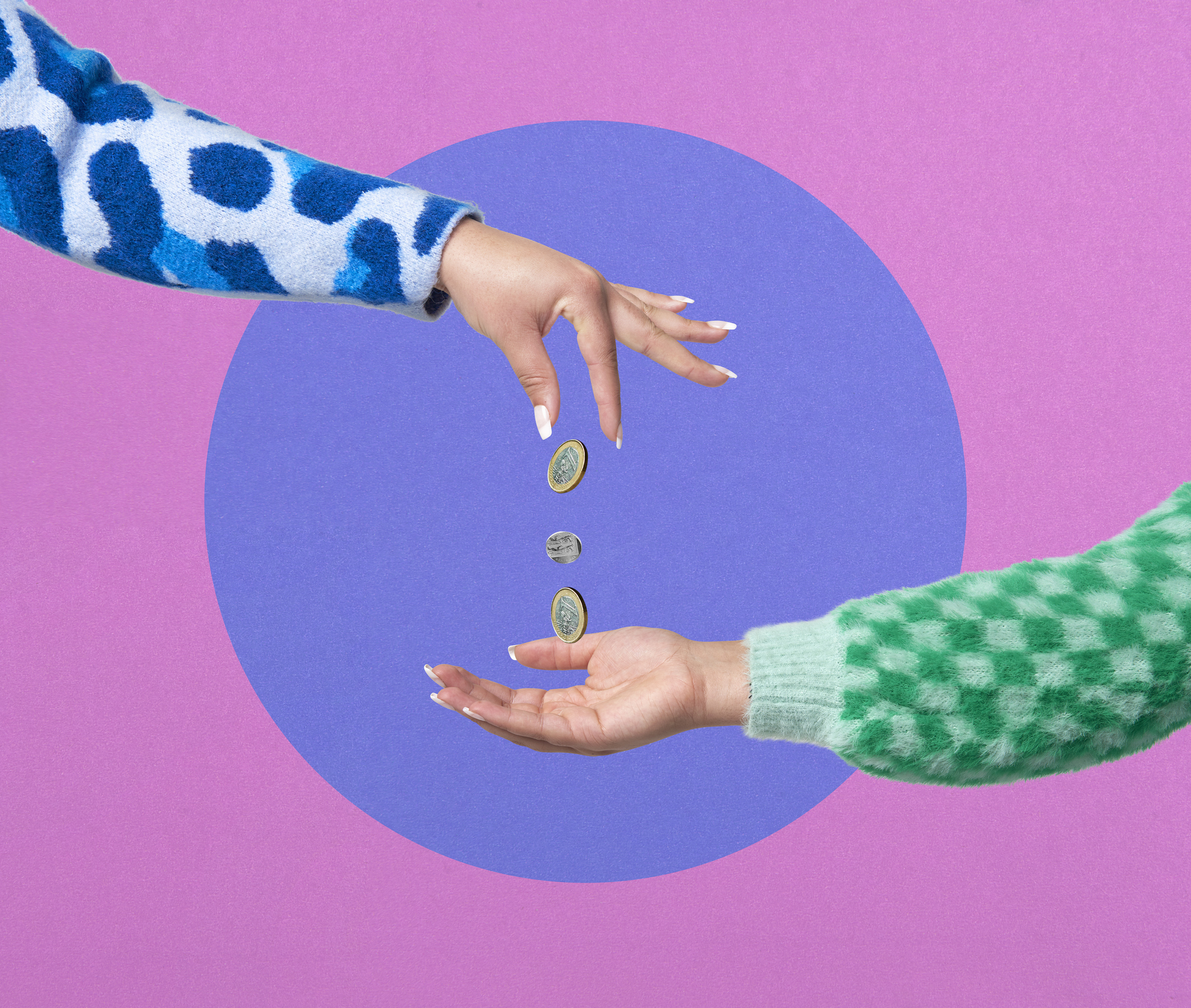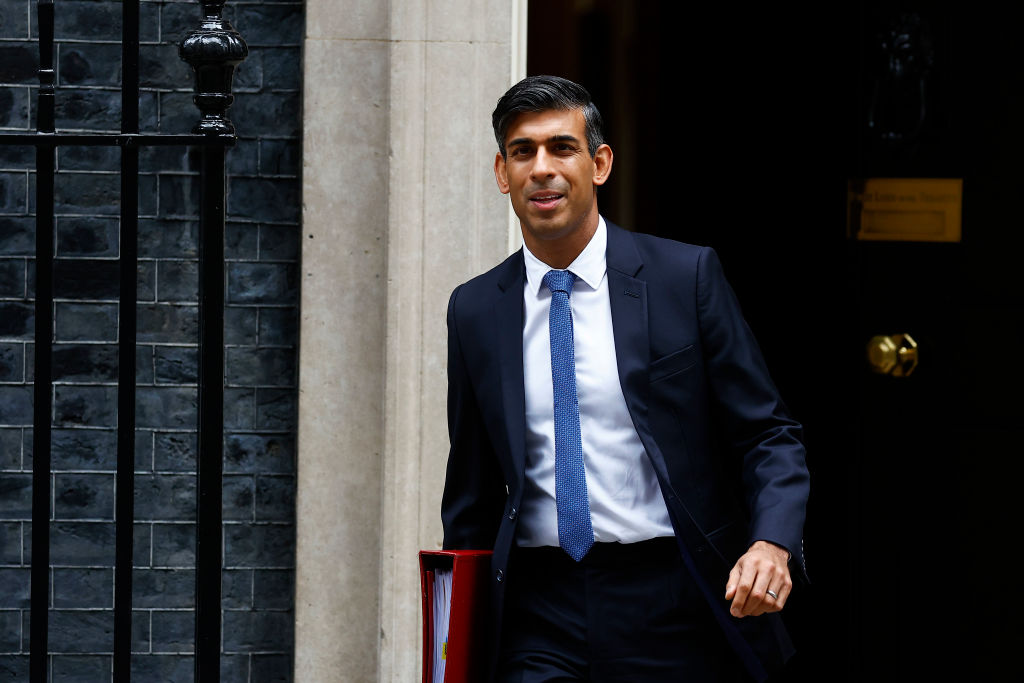What the rise in National Insurance contributions means for you
National Insurance contributions are due to increase from 6 April. Saloni Sardana explains the reasons behind the rise, and how much it will cost you.


Consumers are being hit by a double whammy to their cost of living this April, with a rise in National Insurance contributions and the energy price cap rise kicking in.
UK prime minister Boris Johnson has come under pressure to delay a rise in National Insurance at a time where inflation is spilling into almost everything. Many Conservative MPs have urged Johnson to delay the rise, but to no avail: from April 2022, class one National Insurance contributions (also known as NICs) will rise by 1.25 percentage points.
“We must clear the Covid backlogs, with our plan for health and social care – and now is the time to stick to that plan. We must go ahead with the health and care levy. It is the right plan,” Johnson and UK chancellor Rishi Sunak wrote in The Sunday Times last month.
MoneyWeek
Subscribe to MoneyWeek today and get your first six magazine issues absolutely FREE

Sign up to Money Morning
Don't miss the latest investment and personal finances news, market analysis, plus money-saving tips with our free twice-daily newsletter
Don't miss the latest investment and personal finances news, market analysis, plus money-saving tips with our free twice-daily newsletter
What is National Insurance?
National Insurance (NI) is a tax paid by employees and by the self-employed on their earnings, and by employers on their employees’ earnings.
It was introduced in 1911 to set up a fund for workers in need of medical treatment or for those who had lost their job. NI contributions do still count towards state pension eligibility, but it has effectively become a second tier of income tax.
Employees currently pay at a rate of 12% on earnings above £184 a week (£9,568 a year – the ”primary threshold”) and 2% on earnings above £967 a week (£50,270 a year). Employees over the state pension age are not liable to pay (but employers’ contributions are still due).
Employers pay at a rate of 13.8% on employee’s earnings above £170 a week (the ”secondary threshold”) – there is no upper limit and all earnings over £50,270 a year are paid at 13.8%
Why are National Insurance contributions rising and what are the new rates?
National Insurance contributions are rising to raise more money for healthcare as the pandemic has put massive strain on the Treasury’s finances.
In a statement to the House of Commons last year, Johnson said the rise in NI will pave the way for “additional investment in health and social care”.
From April 2022:
The primary threshold will rise from £9,568 a year to £9,880 a year
NI contributions will rise from 12% to 13.25% for earnings between £9,880 and £50,270
NI will rise from 2% to 3.25% for earnings of more than £50,270
Employers’ contributions will rise from 13.8% to 15.05% on employees’ earnings of more than £170 a week.
Employees who earn less than £9,880 are exempt from NI.
| Row 0 - Cell 0 | Current rates | Rates from April 2022 | ||
| Row 1 - Cell 0 | Main rate | Higher earnings rate | Main rate | Higher earnings rate |
| Employees | 12% | 2% | 13.25% | 3.25% |
| Self-employed | 9% | 2% | 10.25% | 3.25% |
| Employers | 13.8% | 13.8% | 15.05% | 15.05% |
Under the new rules:
- Somebody earning £10,000 will pay £36 less per year
- Somebody earning £20,000 will pay an extra £89
- Somebody earning £30,000 will pay an extra £214
- Somebody earning £50,000 will pay an extra £464
- Somebody earning £80,000 will pay an extra £839
- Somebody earning £100,000 will pay an extra £1,089
Source: Institute for Fiscal Studies (IFS).
How does the new Health and Social Care Levy tie in with this?
From April 2023, National Insurance rates will fall back to current levels. But you won’t be paying any less. Instead, the extra amount will be reclassified as a new Health and Social Care Levy.
A key difference between the levy and current National Insurance is that the former will also have to be paid by state pensioners who are still working.
The government estimates that the changes in NI will generate £12bn a year and will first be used to reduce some of the current pressure being faced by the NHS. Some of the funds will then be reallocated to the social care system.
The purpose of the increase is to ensure people in England spend no more than £86,000 in care costs from October 2023, but this excludes food and accommodation, reports the BBC.
The new rules mean that anybody who has assets with a value of less than £20,000, including savings, investments and the value of their home, will receive care that is fully covered by the taxpayer.
The taxpayer will subsidise rather than fully cover care for those who have assets in the range of £20,000-£100,0000.
Why is the NI rise controversial?
Critics of the NI rise stress that people on lower wages will be hit harder.
The logic for this is simple. From April, those who earn between £9,568 and £50,270 pay NI at 12%, but earnings above this threshold are paid at just 2%.
The rate may only be increasing by 1.25 percentage points, but that means that contributions are actually rising by more than 10%, says James Andrew, senior personal finance editor at Money.co.uk: “With National Insurance (NI) increasing by 1.25 percentage points in April, it’s no surprise that many UK workers think this means their payments are going up by only a fraction,” he said.
“However, that figure relates to the rate, and this means that for most people contributions are actually increasing by more than 10%.”
He added that the timing of the NI rise couldn’t be worse given research published last month also showed the average person’s debt in 2021 more than doubled to £25,879, with the rise in energy price cap only weeks away.
Does it apply to different parts of the UK equally?
Although the new social care levy will only apply to England, the tax changes will affect the entire of the UK in the same way. The income generated from the levy will be distributed across the four countries. For example, Scotland, Wales and Northern Ireland will receive an additional £1.1bn, £700m and £400m respectively by 2024-2025.
Get the latest financial news, insights and expert analysis from our award-winning MoneyWeek team, to help you understand what really matters when it comes to your finances.
Saloni is a web writer for MoneyWeek focusing on personal finance and global financial markets. Her work has appeared in FTAdviser (part of the Financial Times), Business Insider and City A.M, among other publications. She holds a masters in international journalism from City, University of London.
Follow her on Twitter at @sardana_saloni
-
 The shape of yields to come
The shape of yields to comeCentral banks are likely to buy up short-term bonds to keep debt costs down for governments
-
 The sad decline of investment clubs – and what comes next
The sad decline of investment clubs – and what comes nextOpinion Financial regulation and rising costs are killing off investment clubs that once used to be an enjoyable hobby, says David Prosser
-
 Rishi Sunak: MoneyWeek Talks
Rishi Sunak: MoneyWeek TalksPodcast On the MoneyWeek Talks podcast, Rishi Sunak tells Kalpana Fitzpatrick that we need better numeracy skills to improve financial literacy and boost the economy.
-
 Is an inheritance tax (IHT) cut on the way?
Is an inheritance tax (IHT) cut on the way?Tax Talk that the government might cut or scrap inheritance tax in its Autumn Statement is rife. We look at how it could be reformed, and what difference it would make.
-
 Act now to bag NatWest-owned Ulster Bank's 5.2% easy access savings account
Act now to bag NatWest-owned Ulster Bank's 5.2% easy access savings accountUlster Bank is offering savers the chance to earn 5.2% on their cash savings, but you need to act fast as easy access rates are falling. We have all the details
-
 Moneybox raises market-leading cash ISA to 5%
Moneybox raises market-leading cash ISA to 5%Savings and investing app MoneyBox has boosted the rate on its cash ISA again, hiking it from 4.75% to 5% making it one of top rates. We have all the details.
-
 October NS&I Premium Bonds winners - check now to see what you won
October NS&I Premium Bonds winners - check now to see what you wonNS&I Premium Bonds holders can check now to see if they have won a prize this month. We explain how to check your premium bonds
-
 Government considering cuts to inheritance tax, reports say
Government considering cuts to inheritance tax, reports sayThe Sunday Times reported government officials are considering cuts to inheritance tax ahead of the general election.
-
 The best packaged bank accounts
The best packaged bank accountsAdvice Packaged bank accounts can offer great value with useful additional perks – but get it wrong and you could be out of pocket
-
 Bank of Baroda closes doors to UK retail banking
Bank of Baroda closes doors to UK retail bankingAfter almost 70 years of operating in the UK, one of India’s largest bank is shutting up shop in the UK retail banking market. We explain everything you need to know if you have savings or a current account with Bank of Baroda
